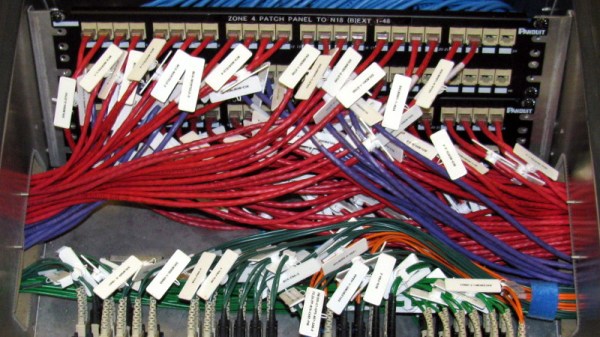Some time last year, a weird thing happened in the hackerspace where this is being written. The Internet was up, and was blisteringly fast as always, but only a few websites worked. What was up? Fortunately with more than one high-end networking specialist on hand it was quickly established that we had a problem with our gateway’s handling of IPv4 addresses, and normal service was restored. But what happens if you’re not a hackerspace with access to the dodgy piece of infrastructure and you’re left with only IPv6? [James McMurray] had this happen, and has written up how he fixed it.
His answer came in using a Wireguard tunnel to his VPS, and NAT mapping the IPv4 space into a section of IPv6 space. The write-up goes into extensive detail on the process should you need to follow his example, but for us there’s perhaps more interest in why here in 2025, the loss of IPv4 is still something that comes with the loss of half the Internet. As of this writing, that even includes Hackaday itself. If we had the magic means to talk to ourselves from a couple of decades ago our younger selves would probably be shocked by this.
Perhaps the answer lies in the inescapable conclusion that IPv6 answers an address space problem of concern to many in technical spaces, it neither solves anything of concern to most internet users, nor is worth the switch for so much infrastructure when mitigations such as NAT make the IPv4 address space problem less of a problem. Will we ever entirely lose IP4? We’d appreciate your views in the comments. For readers anxious for more it’s something we looked at last year.















